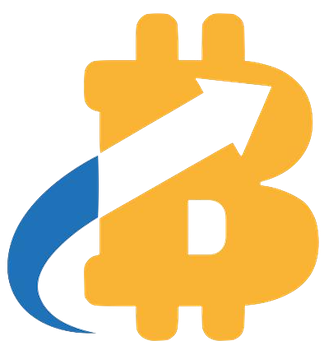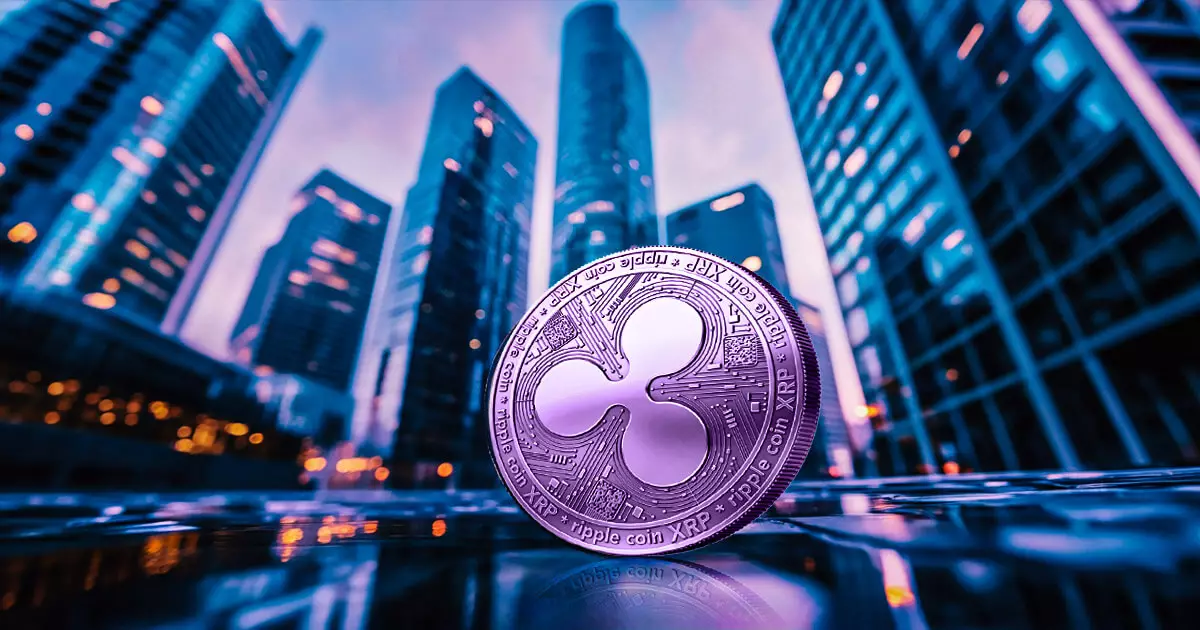XRP, the cryptocurrency developed by Ripple, has been witnessing a remarkable increase in its adoption on a global scale. Several initiatives have fueled this rise, such as the potential launch of a Grayscale XRP Exchange-Traded Fund (ETF) and the introduction of XRP futures by the Chicago Mercantile Exchange (CME). However, lurking beneath this positive momentum is a layer of uncertainty regarding its regulatory acceptance in specific markets, particularly in Hong Kong.
The Hong Kong financial landscape is evolving, with the Securities and Futures Commission (SFC) recently issuing trading licenses to two crypto exchanges, PantherTrade and YAX. These licenses mark a significant step as they are the first of their kind granted in 2025. However, amidst these developments, the SFC has only approved a limited selection of cryptocurrencies for trading—Bitcoin, Ether, Avalanche, and Chainlink. Notably, this list conspicuously omits XRP, which raises critical questions regarding its regulatory standing in the region.
Hong Kong has established itself as a formidable hub for cryptocurrency trading. Licensed exchanges in the region must adhere to stringent regulations designed to combat money laundering and prevent terrorist financing. So far, ten exchanges have successfully registered under these comprehensive regulations, paving the way for a regulated framework for virtual asset trading in the territory. However, the SFC’s approval process is meticulous, as evidenced by delays that have hindered the initial goal of licensing 11 trading platforms by the end of 2024.
The ongoing legal strife surrounding Ripple globally adds another layer of complexity to the status of XRP in Hong Kong. With Ripple engaged in legal battles in various jurisdictions, it remains ambiguous whether these issues have directly influenced the SFC’s decision to exclude XRP from its list of approved assets. The absence of official commentary from the SFC only exacerbates the sense of uncertainty surrounding XRP’s fate within this dynamic regulatory environment.
The exclusion of XRP from the SFC’s list of approved cryptocurrencies could have significant ramifications for both Ripple and the broader cryptocurrency market. For Ripple, the inability to trade XRP in Hong Kong—a major financial center—restricts its access to one of Asia’s vibrant crypto markets, potentially impeding its growth trajectory. Furthermore, the hesitance shown by local regulators to embrace XRP might influence investor sentiment, creating an air of skepticism around the cryptocurrency’s legitimacy and future.
The situation also underscores the broader challenges cryptocurrencies face in navigating varying regulatory landscapes worldwide. As governments and regulatory bodies grapple with the rapid evolution of digital assets, the lack of uniformity can lead to grim consequences for projects like XRP, which rely on broader acceptance to thrive.
As XRP continues to gain traction globally, its uncertain regulatory standing in Hong Kong is a stark reminder of the complexities that layer the cryptocurrency landscape. What lies ahead for XRP in Hong Kong remains to be seen, but for investors and stakeholders alike, the importance of staying informed and adaptable has never been more critical in this rapidly changing environment.



















Leave a Reply